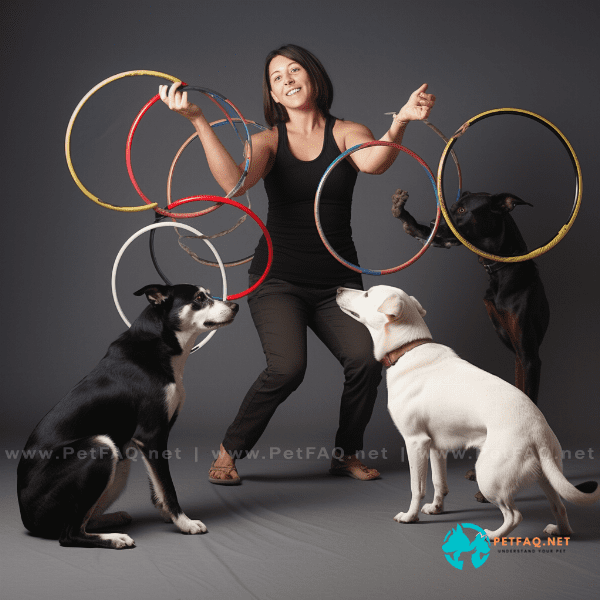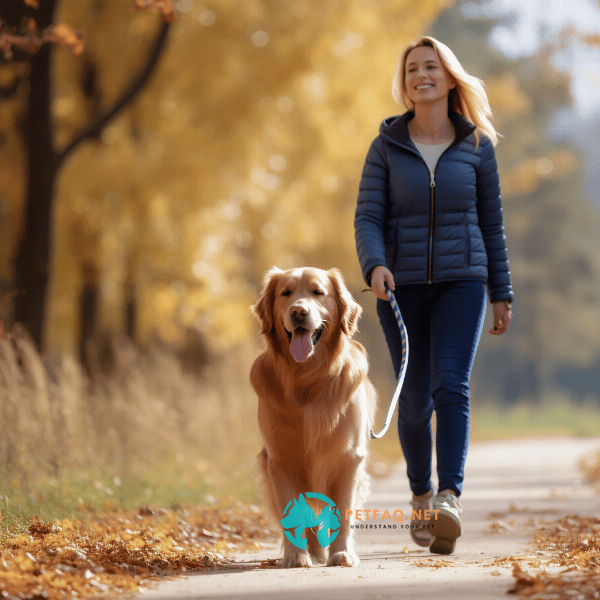Table of Contents
- Understanding the Role of Guard Dogs in Home Security
- Choosing the Right Breed for Guard Dog Training
- Essential Commands for Guard Dog Training
- Building Trust and Bonding with Your Guard Dog
- Socializing Your Guard Dog for Effective Training
- Creating a Safe and Controlled Training Environment
- Addressing Common Behavior Problems in Guard Dogs
- Maintaining Ongoing Training and Reinforcement for Your Guard Dog
- Legal Considerations for Owning a Guard Dog
- Conclusion: Developing a Successful Guard Dog Training Plan
Understanding the Role of Guard Dogs in Home Security
Guard dogs have been trained for centuries to protect and defend their owners and their property. The role of a guard dog in home security is to act as a deterrent to potential intruders and to protect their family and property in the event of an attempted break-in or attack.
A well-trained guard dog can sense danger and act as a first line of defense, alerting their owners to the presence of intruders or suspicious activity. This can provide an extra level of security and peace of mind for homeowners who want to protect their property and loved ones.
However, it is important to understand that owning a guard dog is a serious responsibility. Proper training and socialization are essential to ensure that the dog does not become a danger to others or an unnecessary liability to its owners. Guard dogs should only be trained by experienced professionals who can teach them the necessary commands, behaviors, and socialization skills to become effective protectors without becoming aggressive or overly territorial.
Ultimately, a well-trained guard dog can be a valuable asset in home security, but it is important to understand the potential risks and responsibilities involved before embarking on a guard Dog Training program.
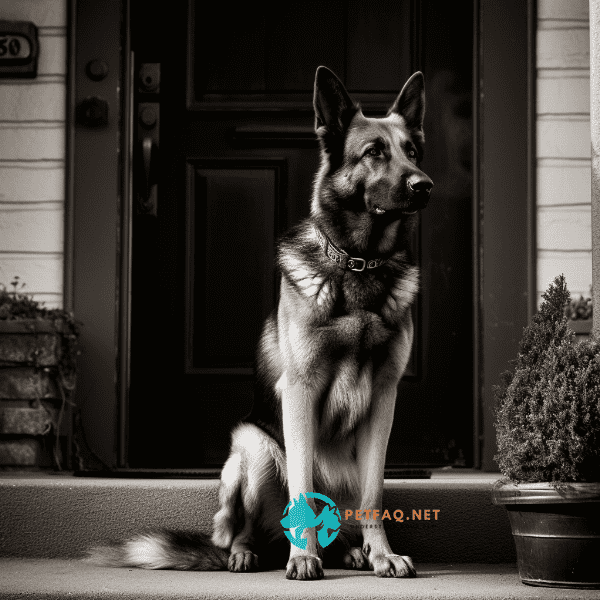
Choosing the Right Breed for Guard Dog Training
Choosing the right breed of dog is crucial when it comes to Guard Dog Training. Not all breeds are suitable for this type of work, and selecting the wrong breed can result in an ineffective guard dog or, worse, a dangerous one.
Some breeds are naturally protective and have been bred specifically for this purpose. These include breeds such as German Shepherds, Rottweilers, Dobermans, and Belgian Malinois. These breeds have a strong instinct to protect their owners and are generally quick learners, making them well-suited for guard dog training.
However, it is important to remember that not all dogs within a particular breed are suitable for guard dog training. It is crucial to evaluate each dog individually for temperament, health, and potential behavioral issues.
Additionally, it is important to consider the lifestyle of the potential owner. Guard dogs require a significant amount of exercise, training, and socialization, and may not be suitable for those who cannot commit to these demands.
Ultimately, the decision to train a dog as a guard dog should be carefully considered, with the breed and individual dog’s temperament and behavior being evaluated to ensure that the dog is suitable for the job and the owner is prepared to meet the dog’s needs.
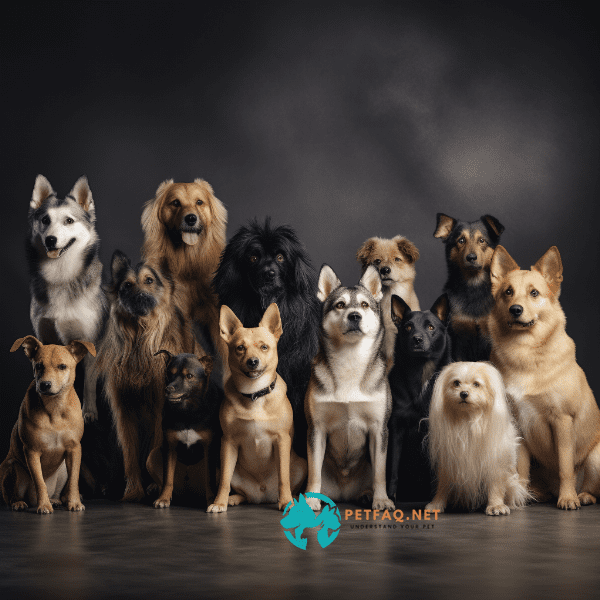
Essential Commands for Guard Dog Training
Training a guard dog involves teaching the dog a variety of essential commands that will enable them to effectively protect their owner and property. Here are some of the most important commands that are typically taught in guard dog training:
1. “Watch” – This command teaches the dog to keep an eye out for potential threats and to alert their owner when something suspicious is happening.
2. “Speak” – This command teaches the dog to bark on command, which can be useful for intimidating intruders or alerting their owner to the presence of danger.
3. “Stay” – This command teaches the dog to stay in one place, which can be helpful in situations where the owner needs to leave the dog alone or when the dog needs to be controlled in a potentially dangerous situation.
4. “Attack” – This command teaches the dog to defend their owner and property by attacking intruders or threatening individuals.
5. “Release” – This command teaches the dog to release an attacker or object they have in their mouth, allowing the owner to take control of the situation.
These commands must be taught by an experienced professional who can ensure that the dog learns them in a safe and controlled environment. Additionally, it is important to reinforce these commands regularly to maintain the dog’s obedience and effectiveness as a guard dog.
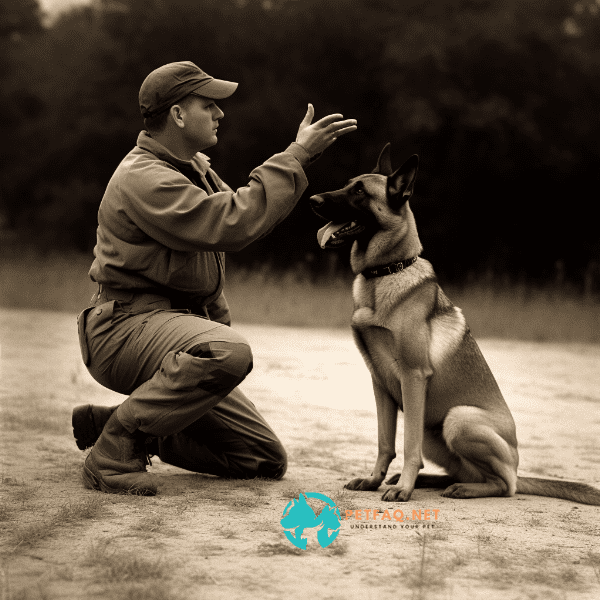
Building Trust and Bonding with Your Guard Dog
Building a strong bond of trust between a guard dog and its owner is essential to ensure effective guard dog training. The trust and bond between the dog and its owner will help the dog to feel comfortable and secure in its role as a protector, while also making it easier for the owner to control and communicate with the dog during training.
One way to build trust and bond with a guard dog is through positive reinforcement training. This involves rewarding the dog with treats or praise for good behavior, which helps to build a positive association with training and its owner. Additionally, spending quality time with the dog through play, exercise, and training can help to strengthen the bond and build trust between the dog and its owner.
It is also important to establish a clear hierarchy between the owner and the dog. The owner should be seen as the leader, which will help the dog to understand its role as a follower and protector. This can be achieved through consistent training and discipline, and by establishing a routine that the dog can rely on.
Overall, building trust and bonding with a guard dog is a crucial component of guard dog training. It requires patience, consistency, and a willingness to establish a positive relationship with the dog, but the rewards of a strong bond between a guard dog and its owner can be significant.
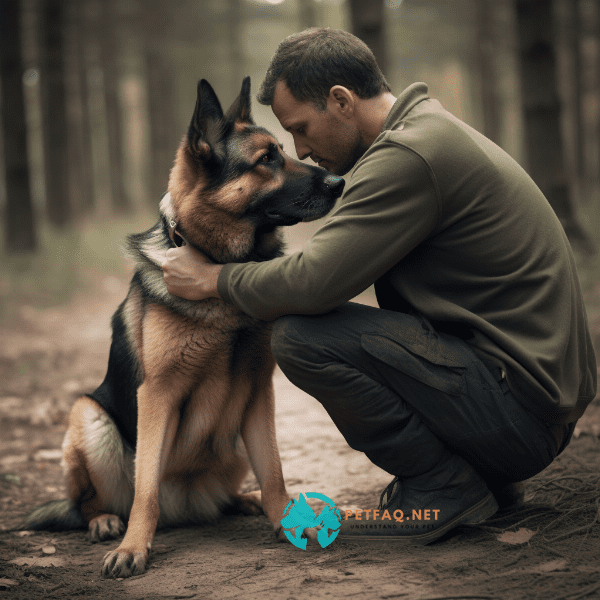
Socializing Your Guard Dog for Effective Training
Socialization is a critical component of guard dog training as it helps the dog to become comfortable in a variety of situations and with different people and animals. A well-socialized guard dog is less likely to become aggressive or anxious in unfamiliar situations, making them more effective protectors.
Socialization involves exposing the dog to different people, animals, and environments from a young age. This can include taking the dog on walks in public places, introducing them to new people and animals, and exposing them to a variety of sights, sounds, and smells.
It is important to socialize the dog gradually and with care to ensure that they do not become overwhelmed or frightened. Positive reinforcement training can be used during socialization to reward good behavior and encourage the dog to feel comfortable in new situations.
Socialization should continue throughout the dog’s life to ensure that they remain comfortable and well-adjusted in different environments. This can include continuing to expose the dog to new people and animals, as well as providing opportunities for the dog to engage in different activities and experiences.
In summary, socializing a guard dog is essential for effective training. A well-socialized dog is more likely to be obedient, confident, and calm in different situations, making them a more effective protector for their owner and property.
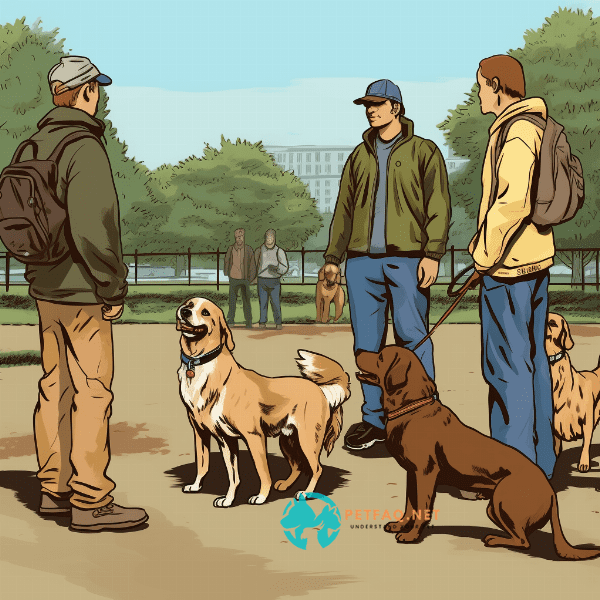
Creating a Safe and Controlled Training Environment
When training a guard dog, it is essential to create a safe and controlled environment to ensure that the dog and the owner are protected throughout the training process. Here are some tips for creating a safe and controlled training environment:
1. Use a secure training area – Choose an area for training that is secure and free from distractions, such as a fenced-in yard or an indoor training space.
2. Use appropriate equipment – Use appropriate equipment, such as a sturdy leash and collar, and avoid using equipment that could cause harm or discomfort to the dog.
3. Work with an experienced trainer – Working with an experienced trainer who is familiar with guard dog training techniques and can guide you through the process can help ensure a safe and effective training experience.
4. Keep training sessions short and frequent – Short and frequent training sessions are more effective than long, intense sessions, and they also help prevent the dog from becoming tired or overwhelmed.
6. Avoid harsh punishment – Harsh punishment can cause fear and aggression in the dog, making them less effective as a guard dog.
Overall, creating a safe and controlled training environment is crucial for effective guard dog training. It helps to ensure the safety of both the dog and the owner while also promoting a positive and productive training experience.
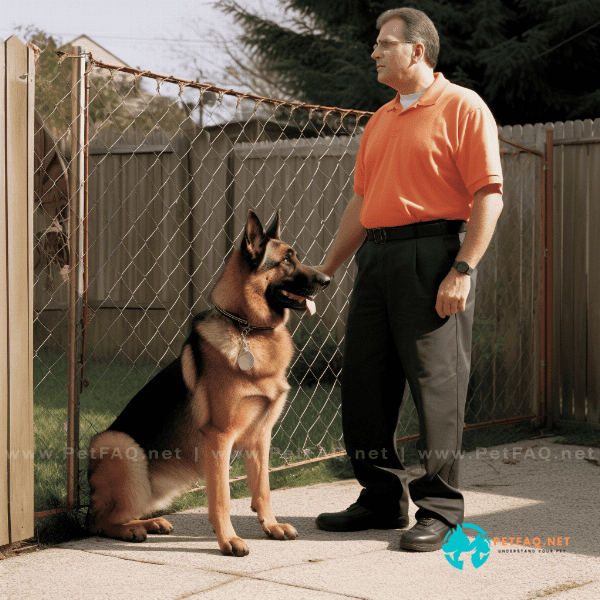
Addressing Common Behavior Problems in Guard Dogs
While guard dogs can be a valuable asset in home security, they can also exhibit certain behavior problems that need to be addressed during training. Here are some common behavior problems in guard dogs and how to address them:
1. Aggression towards people or animals – Guard dogs can be prone to aggression towards people or animals, especially if they perceive a threat. Address this behavior by providing consistent training, socialization, and positive reinforcement for good behavior.
2. Separation anxiety – Guard dogs can become anxious when left alone, which can lead to destructive behavior. Address this behavior by gradually increasing the time that the dog is left alone, providing plenty of exercise and mental stimulation, and creating a safe and comfortable environment for the dog.
3. Excessive barking – Guard dogs may bark excessively, which can be a nuisance to neighbors. Address this behavior by training the dog to stop barking on command, providing plenty of exercise and mental stimulation, and addressing any underlying anxiety or stress that may be contributing to the barking.
4. Fear or anxiety – Guard dogs may become fearful or anxious in certain situations, which can impact their ability to effectively protect their owner and property. Address this behavior by providing consistent training, socialization, and positive reinforcement for good behavior, as well as addressing any underlying anxiety or stress that may be contributing to the fear or anxiety.
Overall, addressing common behavior problems in guard dogs is crucial for effective training and ensuring the safety of the dog and its owner. It requires patience, consistency, and a willingness to understand and address the underlying causes of the behavior.
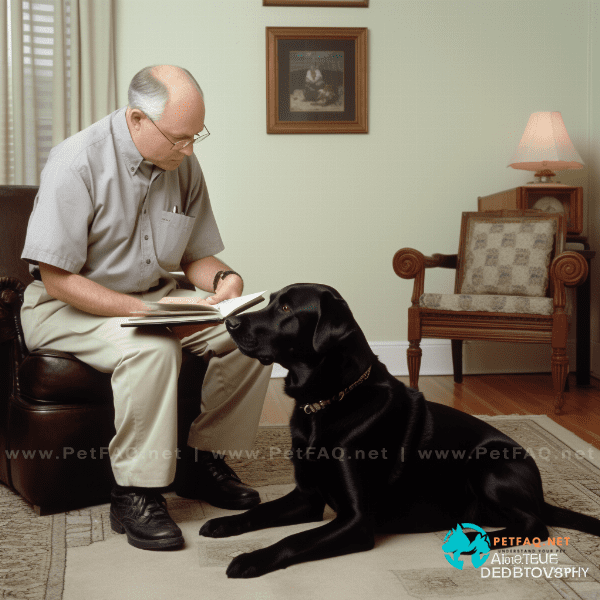
Maintaining Ongoing Training and Reinforcement for Your Guard Dog
Guard dog training is not a one-time event, and ongoing training and reinforcement are essential for maintaining the dog’s skills and effectiveness. Here are some tips for maintaining ongoing training and reinforcement for your guard dog:
1. Continue socialization – Continuing to expose the dog to new people, animals, and environments can help maintain their socialization and confidence in different situations.
2. Consistency is key – Consistent training and reinforcement of good behavior is crucial for maintaining the dog’s obedience and effectiveness as a guard dog.
3. Provide regular exercise and mental stimulation – Regular exercise and mental stimulation are important for keeping the dog physically and mentally healthy, which can also help prevent behavioral issues.
4. Practice training exercises regularly – Regularly practicing training exercises, such as obedience commands and bite work, can help maintain the dog’s skills and effectiveness as a guard dog.
5. Reward good behavior – Using positive reinforcement training techniques to reward good behavior can help encourage the dog to continue exhibiting that behavior in the future.
6. Work with a trainer – Working with a professional trainer on an ongoing basis can help ensure that the dog’s training remains effective and up-to-date.
Overall, maintaining ongoing training and reinforcement for your guard dog is crucial for ensuring their effectiveness and safety. It requires consistent effort and attention, but the rewards of having a well-trained and effective guard dog are well worth the effort.
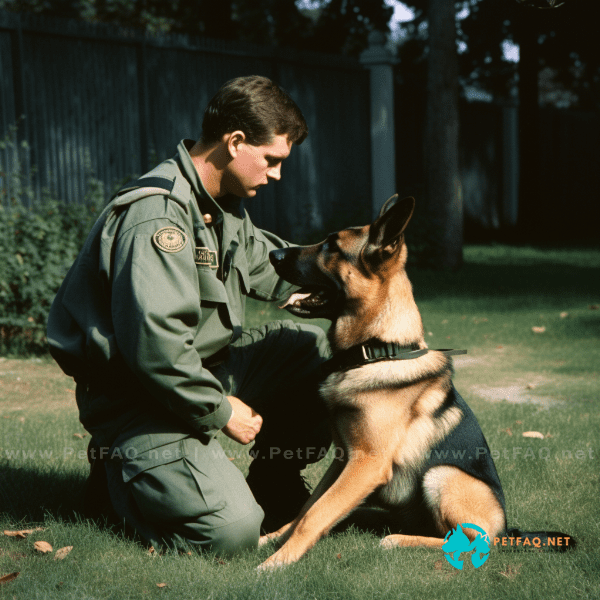
Legal Considerations for Owning a Guard Dog
Owning a guard dog comes with legal considerations that owners should be aware of to avoid legal issues and liability. Here are some legal considerations to keep in mind when owning a guard dog:
1. Laws and regulations – Check local laws and regulations regarding owning a guard dog, as they can vary by location. Some areas have restrictions on owning certain breeds or require special permits.
2. Liability – Owners of guard dogs can be held liable for any damage or harm caused by their dog. This includes damage to property, injury to people or other animals, and even criminal charges in some cases.
3. Insurance – Some insurance companies may require additional coverage for owning a guard dog, or may even refuse coverage altogether.
4. Proper training and control – Proper training and control of a guard dog is crucial for preventing incidents and avoiding liability. Owners should ensure that their dog is well-trained and under control at all times, and should take steps to prevent their dog from escaping or causing harm.
5. Signage – Displaying warning signs indicating the presence of a guard dog can help alert visitors and prevent incidents.
Overall, owning a guard dog comes with legal responsibilities and considerations that owners should be aware of. Proper training, control, and precautions can help prevent incidents and avoid legal issues and liability.
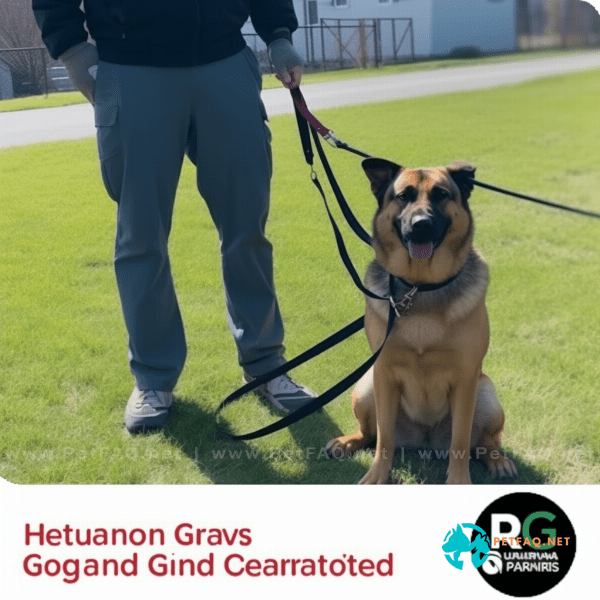
Conclusion: Developing a Successful Guard Dog Training Plan
Developing a successful guard dog training plan is a crucial step in ensuring that your dog is effective in providing security and protection for your home or business. It requires careful consideration of your goals, your dog’s temperament and breed, and your training methods.
When developing a guard dog training plan, it’s important to start by understanding the role of guard dogs in home security and choosing the right breed for your needs. You should also consider essential commands for training, building trust and bonding with your dog, socializing your dog, and creating a safe and controlled training environment.
To ensure ongoing success, you should also address common behavior problems and maintain ongoing training and reinforcement. Additionally, legal considerations for owning a guard dog should be kept in mind to prevent legal issues and liability.
Ultimately, a successful guard dog training plan requires a commitment to ongoing training and care for your dog. It’s important to work with a professional trainer and remain consistent in your training and reinforcement methods.
By following these steps and committing to your dog’s ongoing training and care, you can develop a successful guard dog training plan that provides the security and protection you need.
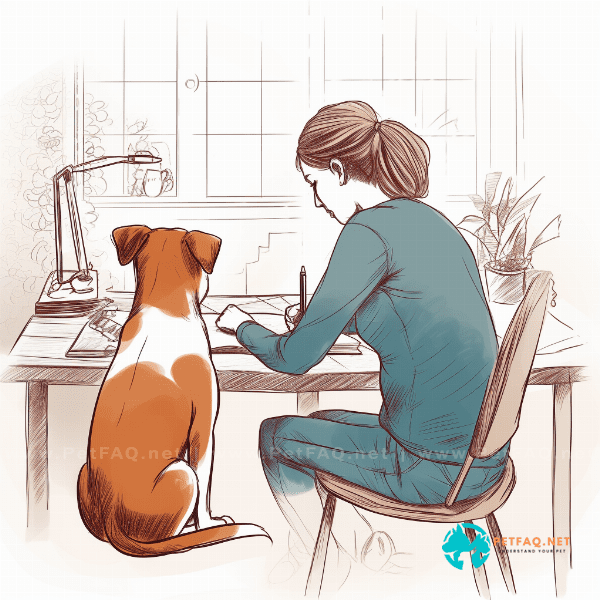
Frequently Asked Questions (FAQs) about Guard dog training:
1. How can you tell if a dog is well-trained for guard duties?2. How do you socialize a guard dog?
3. What are some of the common misconceptions about guard dog training?
4. How long does it take to train a guard dog?
5. What are the different breeds of dogs used for guard dog training?

